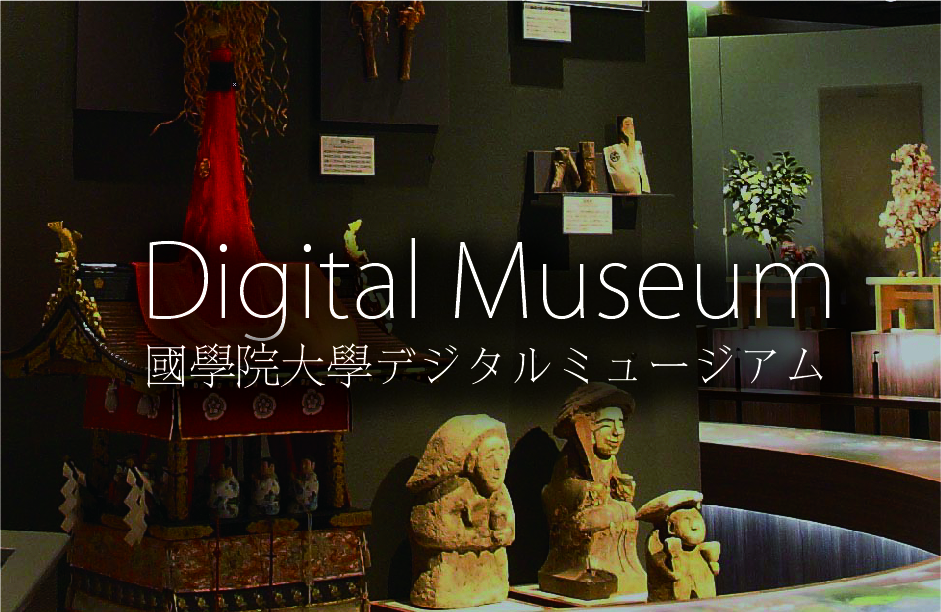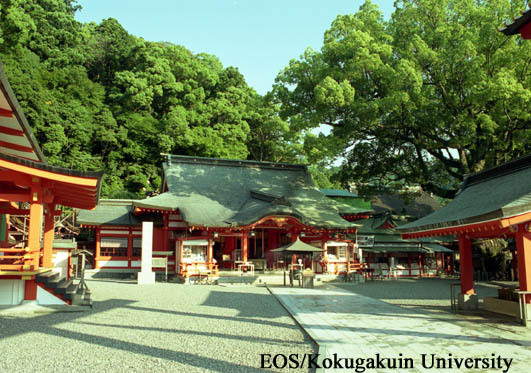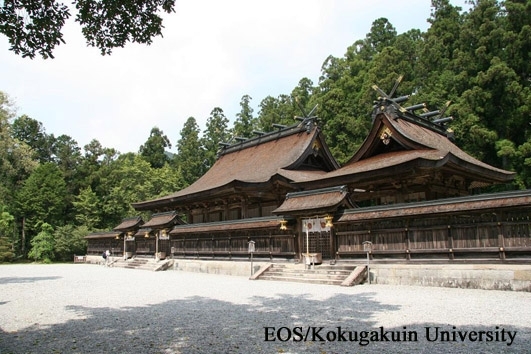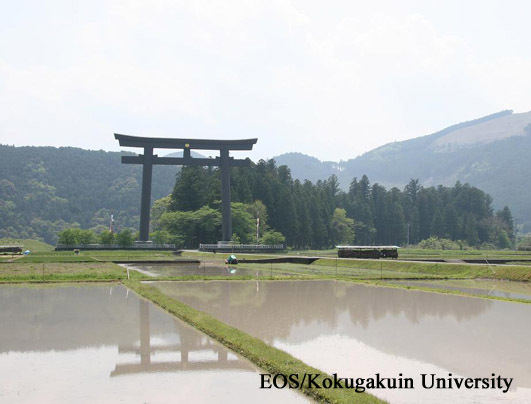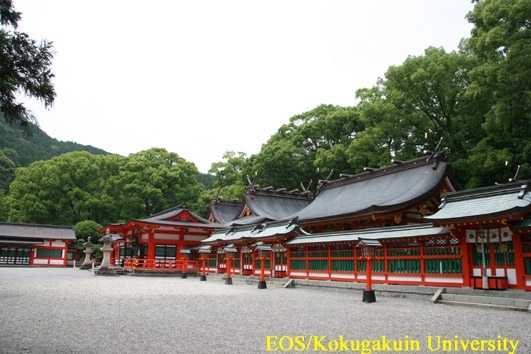- トップ
- Encyclopedia of Shinto
- Kumano Shinkō
Encyclopedia of Shinto
| Main Menu: | |
| Links: |
詳細表示 (Complete Article)
| カテゴリー1: | 6. Belief and Practice |
|---|---|
| カテゴリー2: | Shrines and Cultic Practices |
| Title | Kumano Shinkō |
| Text | The cult that worships Kishū's "Three Mountains of Kumano" (Kumano sanzan): Hongū, Shingū, and Nachi. The Nihonshoki relates that Izanagi is buried at Hana no iwaya in Kumano's Arima Village, indicating that belief in the Kumano region's mystical connections to the spiritual world (takai shinkō) has existed since ancient times. Kumano gradually became famous as a sacred Shugendō site due to factors such as the activities of "Lotus Sutra practitioners" (Hokkekyō gyōja) described in the Nihon Ryōiki and Hokkegenki, and the pilgrimage (sankei) of the Buddhist prince Uda Hōō. The relationship between the region's mountains and its temples and shrines (jisha) further deepened when a route for performing "mountain-entering" pilgrimage (mine-iri) was determined through the mountains from Ōmine Mountain to Kumano in the tenth century and as Kumano became increasingly conflated with Ise Shrine in works such as the twelfth century Chōkan kanmon. Especially since the Insei Period (mid eleventh to twelfth centuries), "pilgrimages to Kumano" (Kumano mōde) became popular among people of all classes, and retired emperors actively visited the shrine often in long processions dubbed "the Kumano pilgrimage of ants" (ari no Kumano mōde). From ancient times, Buddhist syncretism also gave rise to a number of various distinct cults of worship at Kumano such as the cult of Kannon (Avalokitesvara) at Nachi Mountain, the cult of Amida (Amitābha) at Hongū, the cult of ancestral worship at Myōhō Mountain, the cult of the ninety-nine Princes enshrined along the pilgrimage route, and the cult of Fudaraku tokai, or of "crossing over" into Kannon's dwelling on Mount Potalaka. Due to the alms-collecting activities of Kumano's Shugendō practitioners, Kumano faith spread throughout Japan and "emanation shrines" (bunsha) were "established" (kanjō) in various regions. Kumano's itinerant alms collectors and Buddhist nuns (bikuni) also propagated the cult by performing sermons as they illustrated teachings using portable Kumano sankei mandalas and Kanjin jukkaizu paintings (a practice known as etoki) and creating literature about Kumano's "original Buddhist deities" (honji). In 1274, the monk Ippen received mystical revelation while on retreat at Kumano's Hongū, leading to the Jishū sect's emphasis on Kumano and the important role the sect played in propagating the cult of Kumano. Kumano goōhōin paper amulets incorporating designs of kami messenger-birds (shinshi), were popularly used as "written pledges" (kishōmon). — Satō Masato |




